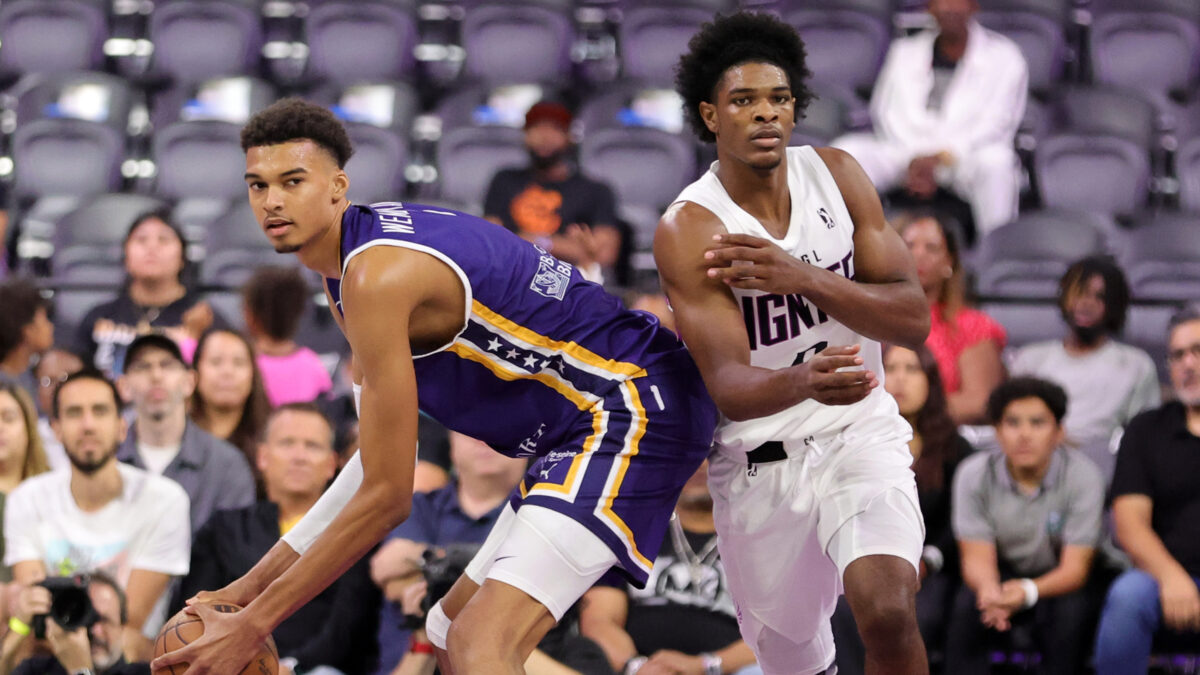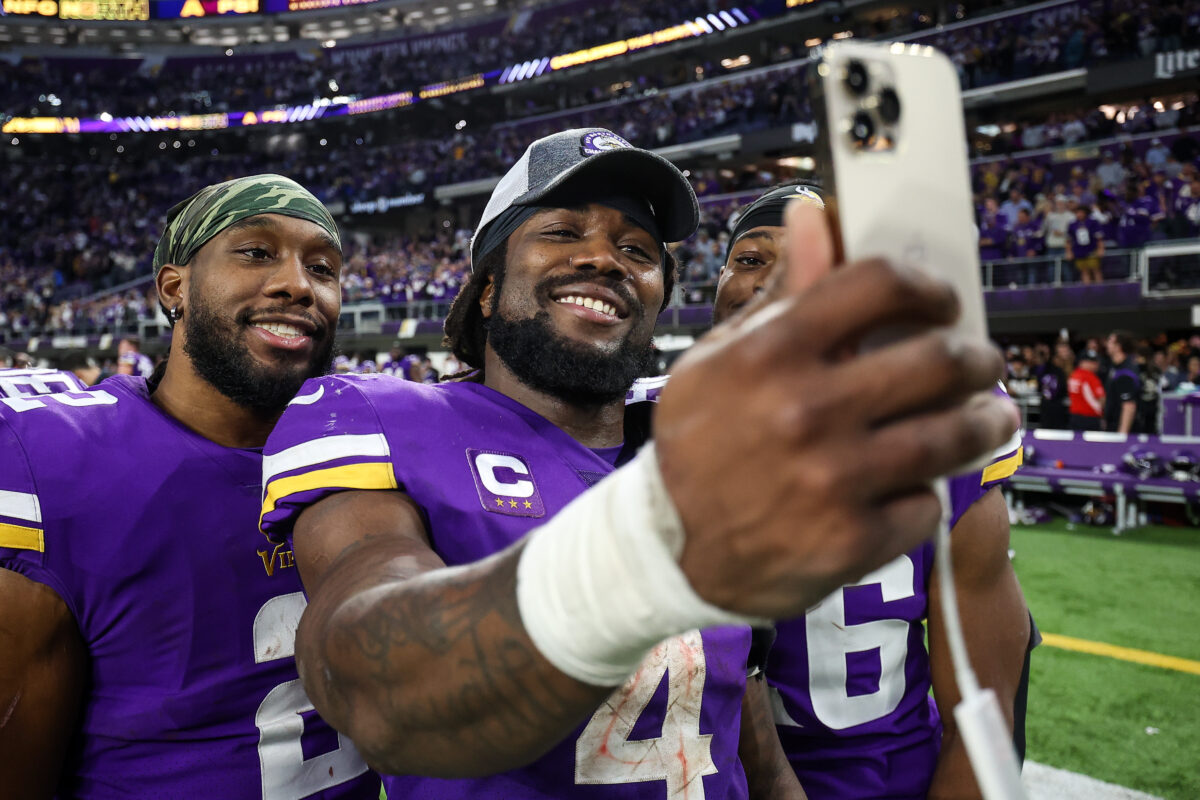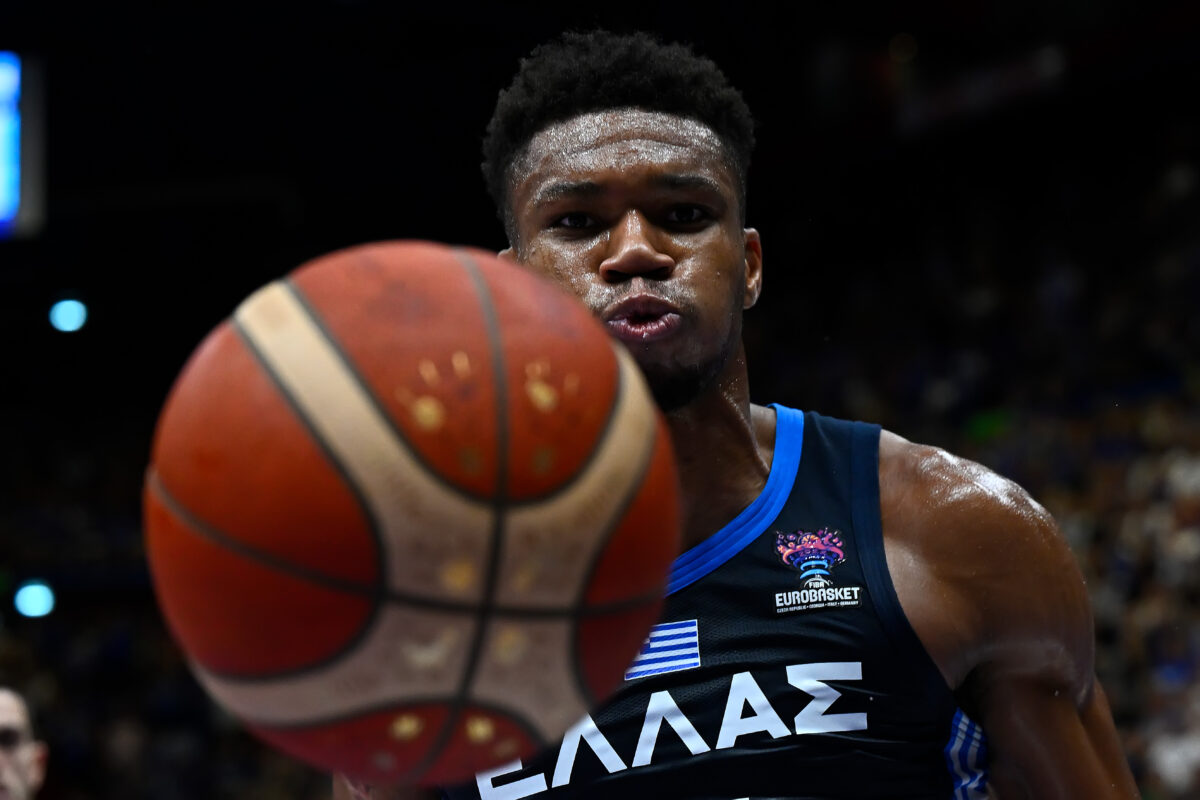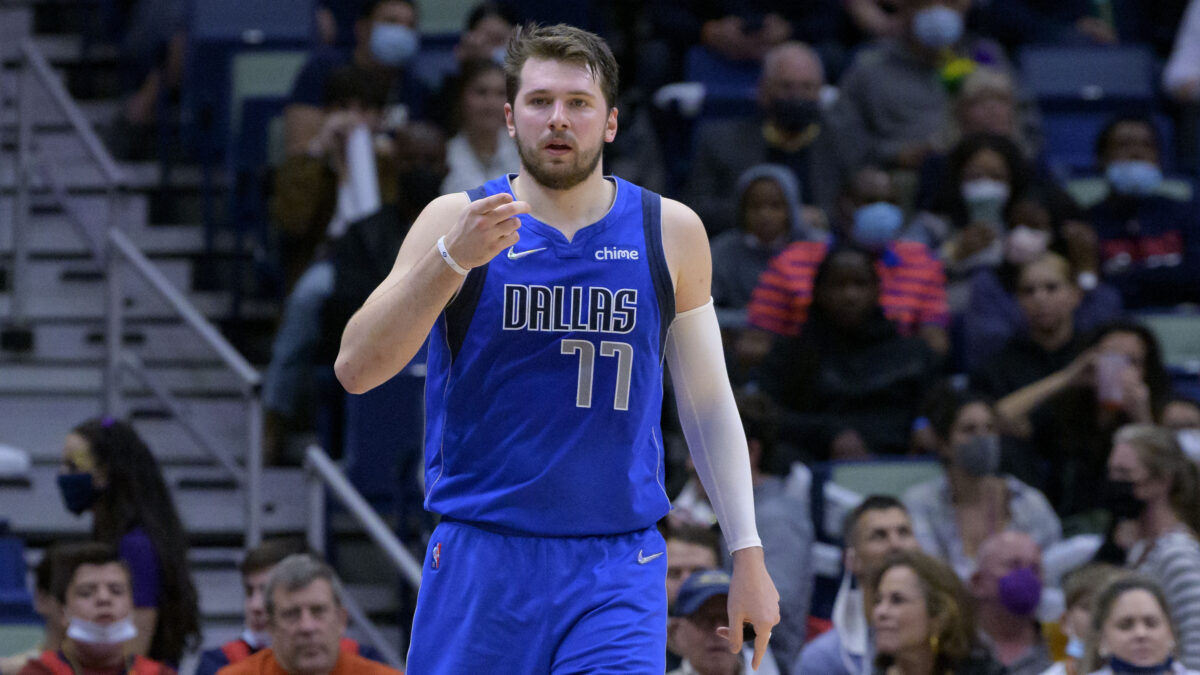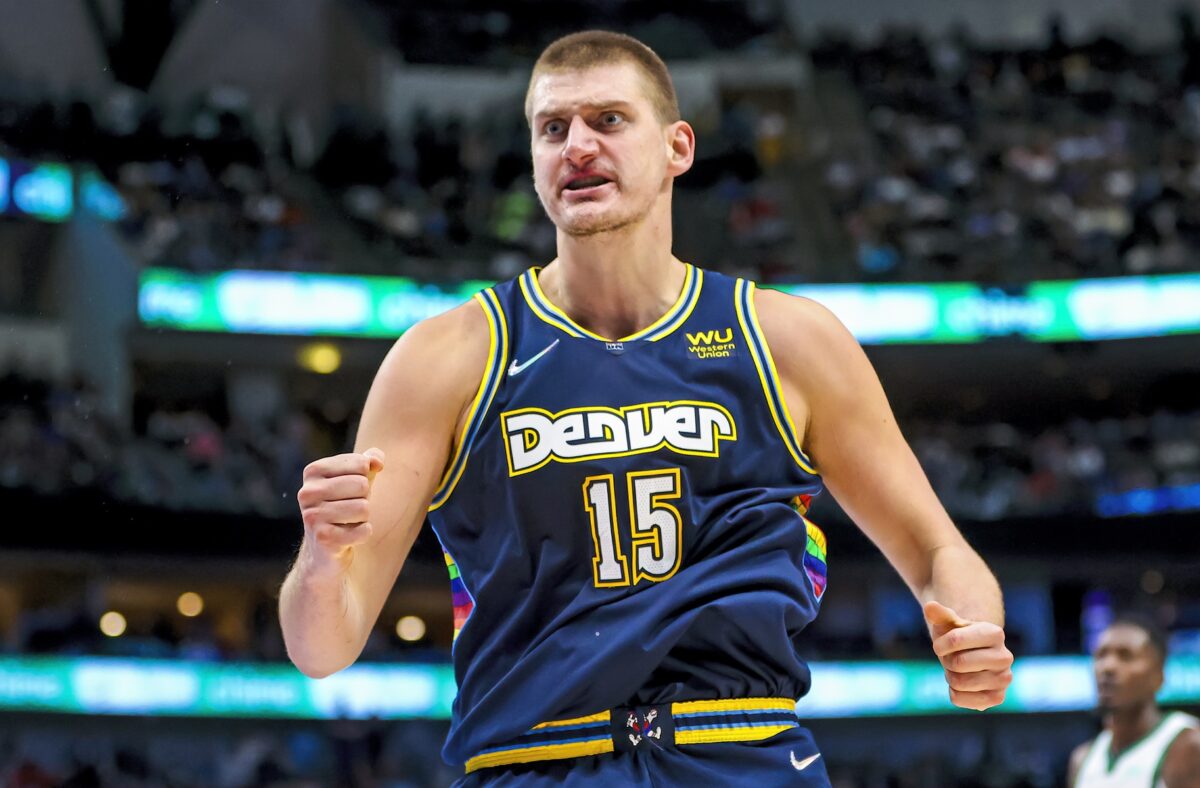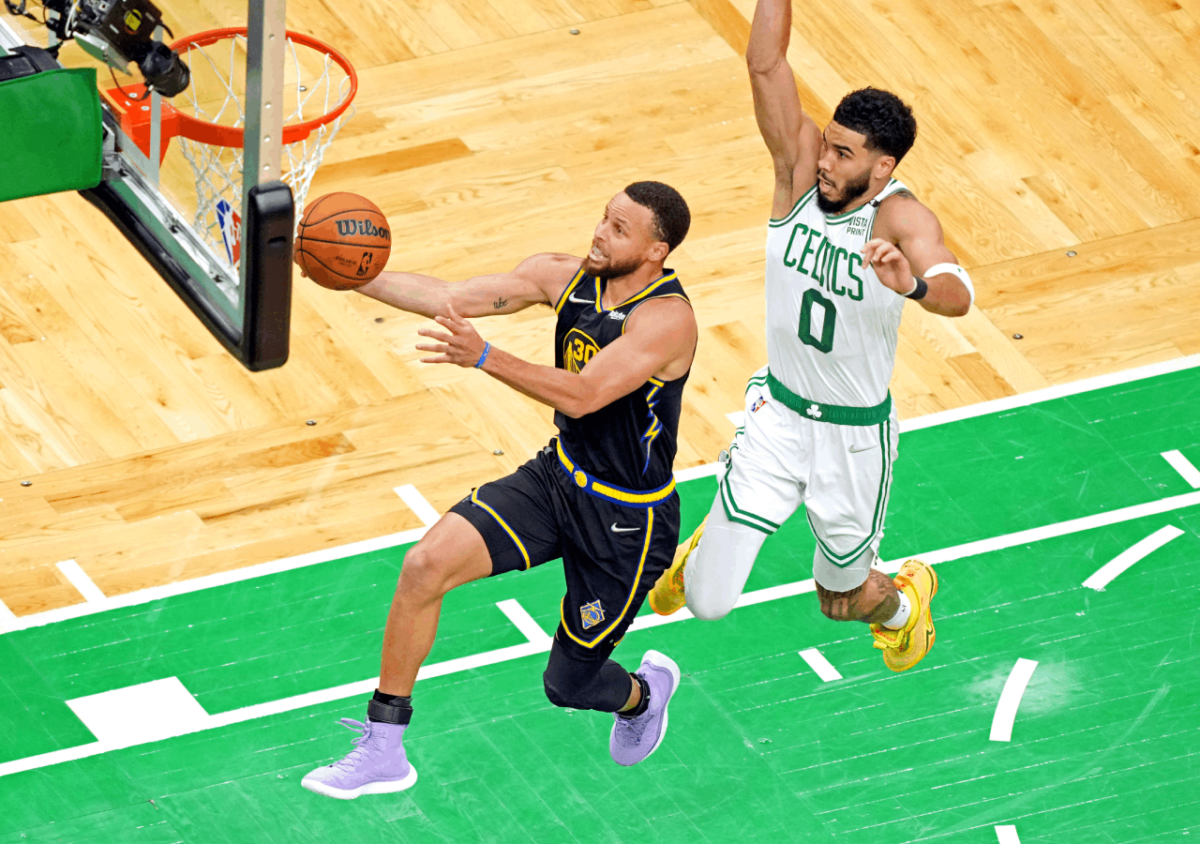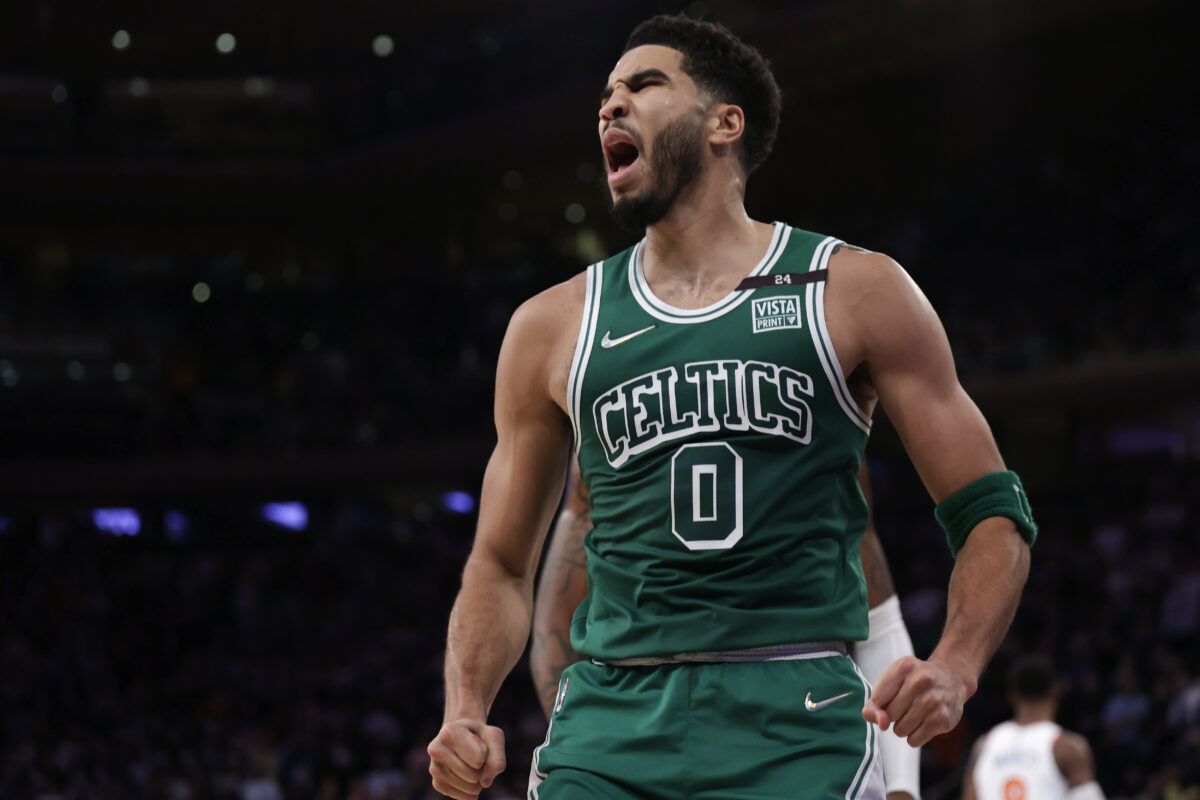You’ve heard it all before: the Minnesota Vikings are lucky and aren’t nearly as good as their 12-3 record would indicate. In fact, there are plenty of analysts, in both good and bad faith, that would tell you just that.
Vikings fans get mad when you talk about luck but this stuff is all mostly luck. No team has benefited more from fumble luck this year than Minnesota and it isn’t particularly close.
(Data from @DataWithBliss) pic.twitter.com/IGAoFNQYj9
— Peter Bukowski (@Peter_Bukowski) December 27, 2022
We’ve heard it all at this point. The astounding NFL record in one-score games at 11-0, the NFL record eight fourth-quarter comebacks and the “luck” they have had in such games, most notably the Josh Allen fumble. There is, however, more to projection than just talking about the underlying advanced metrics. There is a lot of context that needs to be taken into account when having such nuanced discussions.
One metric that a lot of people like to mention is DVOA from Football Outsiders. It’s a metric that tries to project forward based on how you have played thus far. One thing that is interesting is how the top teams in DVOA have had a weaker strength of schedule.
Top 5 teams in DVOA and their strength of schedule:
1. Buffalo, 10th (legit!)
2. Philadelphia, 31st
3. San Francisco, 30th
4. Dallas, 23rd
5. Kansas City, 27th4 of the top 5 teams have played a bottom-8 schedule. https://t.co/S35BG77PoQ
— Akash Anavarathan (@akashanav) December 27, 2022
Now, DVOA as Akash mentions in the next tweet is a weighted metric that grades your performance based on who your competition is. What is really intriguing is that two of the top three are in the bottom three for strength of schedule while four and five have an SOS of 23rd and 27th.
How do the Vikings fare in comparison? They rank 25th in total DVOA at -9.4% with their SOS being at 14th at 1.1%.
What can we read from this? I think the biggest thing to read from this is that the Vikings, outside of their two massive duds, play to the level of their opponent. It’s why the Vikings have played so many one-score games this season and that explanation makes total sense.
That, and creating their own luck by outscoring opponents by 75 points after the third quarter.

